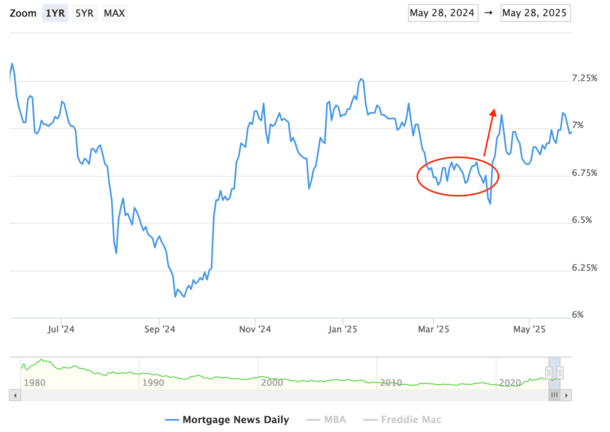Musk departs White House, leaving CFPB in limbo
unitedbrokersinc_m7cmpd2025-05-29T18:23:01+00:00Nathan Laine/Bloomberg WASHINGTON — Elon Musk is leaving the Trump administration after guiding some of President Donald Trump's most radical attempts to dissolve government agencies, including efforts to greatly diminish the headcount at the Consumer Financial Protection Bureau. Musk's time in Washington has been fraught with uncertainty, including the extent to which he is responsible for the vast gutting of government services. President Trump has widely credited Musk as the head of DOGE and credited him as the driving force behind the agency's work; the Justice Department has maintained that he was merely a special government employee and not in charge of DOGE. But that designation brings with it limits on how long such an employee can work for the federal government. Musk's departure comes as he has recently criticized the forthcoming spending and taxation bill — which Trump and Congress have dubbed the "big, beautiful bill" — as too expensive, saying that it "undermines the work that the DOGE team is doing." "I was disappointed to see the massive spending bill, frankly," Musk said in the interview with CBS Sunday Morning. Some of that work includes the attempted dismantling of the CFPB. Trump-appointed leadership of the CFPB, including DOGE attachés to the bureau, plans to fire nearly all of the bureau's employees, leaving only around 200 people. The DC Circuit Court is currently considering the legality of a lower court injunction against the administration's efforts to fire wide swaths of the CFPB workforce.Musk's exit comes as the banking industry grapples with the regulatory uncertainty created by DOGE's assault on financial oversight. While enforcement at the CFPB has been curtailed, many consumer protection laws remain within its jurisdiction, leaving questions about whether those oversight duties will continue to be performed. Musk's DOGE operatives have been operating at the CFPB since February, and potentially have access to sensitive data on consumers and companies overseen by the bureau — including potential competitors to Musk's X social media platform, which he is planning to turn into a payments platform. DOGE and Musk's interest in the CFPB, and their attempts to shutter it, come months after the bureau finalized a rule expanding its supervisory authority to include digital payments apps. "The ethical issue doesn't go away [with Musk's departure] because the Trump Administration continues to view control over federal agencies and contracting as a license to do 'favors' for its friends in industry and finance — like Mr. Musk," said Todd Baker, senior fellow at the Richman Center for Business, Law & Public Policy at Columbia University. "But the legal basis for complaint against any future actions by the Trump CFPB involving X or his other vehicles does diminish once he is no longer part of the DOGE teams that have access to CFPB systems and data." While the CFPB has been DOGE's biggest target in the banking world, the group has targeted agencies across the financial services spectrum. DOGE has also interacted with the Federal Deposit Insurance Corp. — already short bank examiners — to develop plans to restructure the agency. At one point, the Trump administration reportedly mulled combining bank regulators including the FDIC, the bank regulatory functions of the Federal Reserve and Office of the Comptroller of the Currency into the Treasury Department as part of the broader government downsizing effort, though Treasury Secretary Scott Bessent has downplayed that effort. The FDIC told employees last month that it will reduce its workforce by about 1,250 in the coming months. The Office of the Comptroller of the Currency and National Credit Union Administration have also announced cuts to their workforces in recent months. DOGE's actions have drawn legal challenges beyond the CFPB. A federal judge blocked DOGE's access to a Treasury payment system known as the Bureau of Fiscal Services — which is used to distribute trillions of dollars in federal payments annually — in February. The Treasury's Office of Inspector General and Government Accountability Office have also launched investigations into DOGE's access to the Treasury payment systems and other databases. Musk's future role in the administration is unclear. His companies — including X, space flight firm SpaceX and electric automaker Tesla, among others — have massive and growing contracts with the federal government, and he could continue to informally advise the president.

